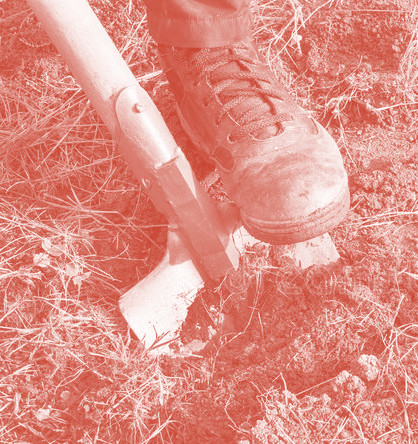Newcomers slugged for upgrades
 NSW’s local government minister says reforms will bring new funding for community infrastructure.
NSW’s local government minister says reforms will bring new funding for community infrastructure.
Minister for Local Government Shelley Hancock and Minister for Planning and Public Spaces Rob Stokes have released modelling as part of the Government’s shake up of the council rating and infrastructure contributions systems.
“This is not about increasing rates, this is about providing opportunities for councils to grow their income by linking population growth to rating income,” Ms Hancock said.
“Importantly, it’s the new residents moving into these areas who will primarily cover the extra rating income, with rates for existing residents to remain stable on average.
“Some councils, particularly in outer Sydney, have faced a substantial increase in population while their rating bases have come under significant pressure with higher demand for new or upgraded local infrastructure.
“That’s why we are aligning rating income with population growth with IPART continuing work on developing a methodology to take growing pains into account when setting the annual rate peg each year.”
The minister pointed to modelling by the Centre for International Economics (CIE) that they say shows NSW councils will receive $675 million in additional rates over five years, and a net gain of $400 million to provide infrastructure, under the changes.
“Under the modelling 16 metropolitan councils with above State average population growth including The Hills, Willoughby, Blacktown, Camden, Campbelltown, Fairfield, Liverpool, Parramatta, Penrith and Wollondilly are expected to gain increased revenue of an additional $42 million each year, on average over five years. This will mean in the fifth year, fast growing metropolitan councils will receive an additional $96 million in revenue,” they said.
“This revenue injection will be pivotal in helping councils overcome growing pains with a reliable and sustainable revenue stream to provide key infrastructure for growing communities, ensuring excessive rate raises are a last resort,” Ms Hancock said.
“With the economic impacts of drought, bushfire, COVID-19 and flood, now is not the time to subject already financially stressed ratepayers to sudden or excessive rate rises.
“This modelling shows we can keep the annual rate peg in place to continue to protect households from excessive rate rises while allowing councils to generate revenue for new infrastructure for growing communities into the future.”
Mr Stokes claims the Government’s reforms to infrastructure contributions will simplify upfront developer charges.
“As we implement the Productivity Commissioner’s recommendations, the infrastructure contributions system will deliver greater certainty and transparency of costs and will help supercharge infrastructure delivery,” Mr Stokes said.
“Our infrastructure pipeline will also be boosted by the roll-out of the Government’s $250 million Public Spaces Legacy Program which will support councils across NSW in creating and upgrading parks and public spaces.”
Mayors for The Hills Shire and Willoughby City Council have welcomed this announcement.
“This will provide security for our growing council area to ensure we continue to deliver infrastructure and services for our community,” Cr Gail Giles-Gidney said.
“We congratulate the State Government for proactively looking at how local government is financed and how it can provide and maintain the infrastructure our community expects and deserves particularly in councils that are projected to increase above the State-average-growth,” Cr Michelle Byrne said.
IPART is expected to report to the Government in September 2021, with the new rating structure anticipated to be in place from 1 July 2022.








 Print
Print